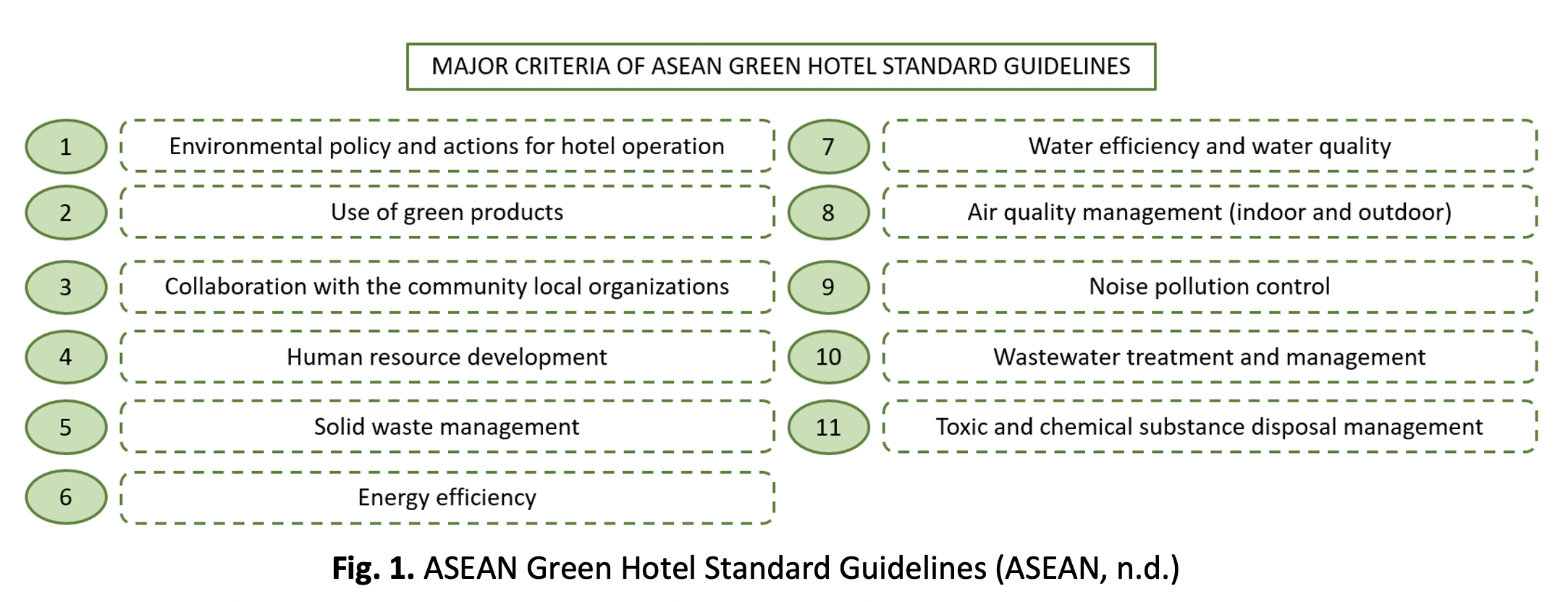BIM-Based Building Performance Analysis for a Green Resort in Malaysia
DOI:
https://doi.org/10.37934/araset.28.3.320335Keywords:
Building information modelling, BIM, energy analysis, hospitality-based building, revitAbstract
Building Information Modelling or BIM has proved its competency in making build construction process effective and efficient. Due to the emergence of more energy efficient approaches and popularity of green certification in building construction, BIM also became a valuable tool to evaluate the building energy performance and sustainability level. Various building typologies using green approaches started to emerge due to the Malaysia Government's sustainability and green policy according to the 2009 National Green Technology Policy (NGTP). Although this development includes green hotels and resorts but there is still lack of quantitative analysis for existing tourism facilities in Malaysia, specifically for green resorts. Thus, this paper describes through literature studies the current BIM development and issues in Malaysia, the green resort certification, and its challenges, as well as the general energy consumption of a hospitality building in Malaysia. By using the BIM-based simulation, this paper is an attempt to investigate the building performance analysis in terms of energy and cost in relation to hospitality industry building design specifically a green resort in Malaysian context. Design alternatives for the existing selected green resort facade were also proposed to further demonstrate the usefulness of BIM simulation to choose the best design option that is energy-cost effective. The conclusion explained the research limitations of the project and indicates the results can be perceived faster by using the simulation as it demonstrated that even the smallest changes can give a positive effect energy-wise and cost-wise which proved that it is beneficial to construct a green resort in the long run.Downloads

Downloads
Published
2022-11-30
How to Cite
Izzah Aida Badrul Azmi, Farhana binti Mohd Razif, Hazril Sherney Basher, Christopher Heng Yii Sern, & Hazrina Haja Bava Mohidin. (2022). BIM-Based Building Performance Analysis for a Green Resort in Malaysia. Journal of Advanced Research in Applied Sciences and Engineering Technology, 28(3), 320–335. https://doi.org/10.37934/araset.28.3.320335
Issue
Section
Articles




























